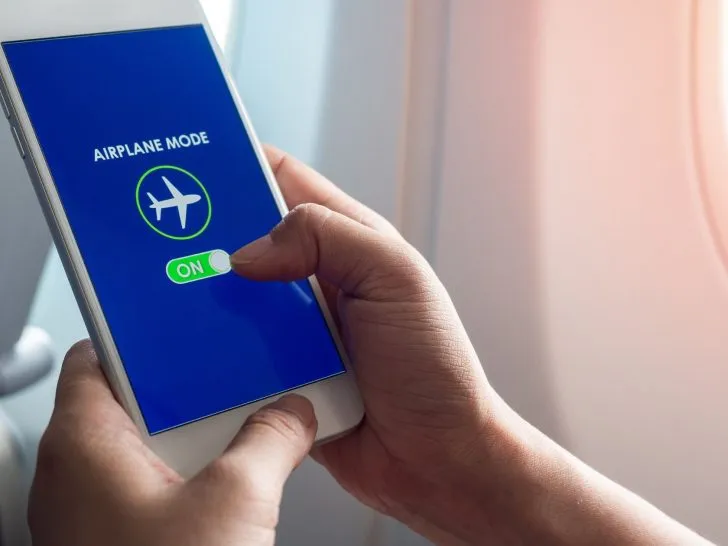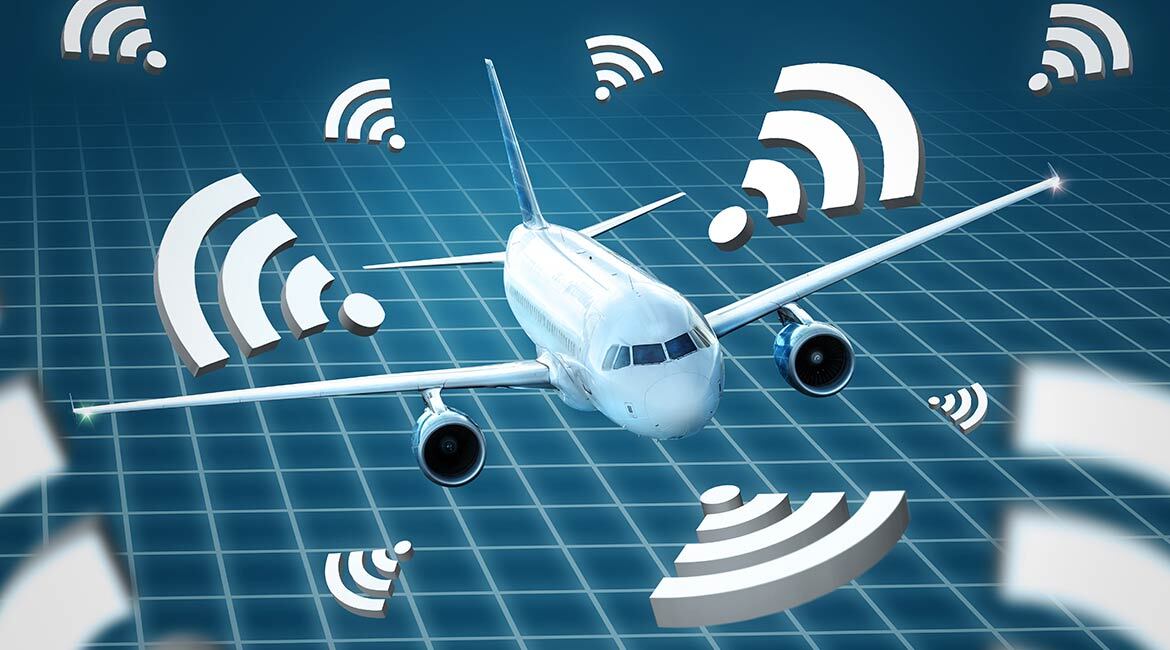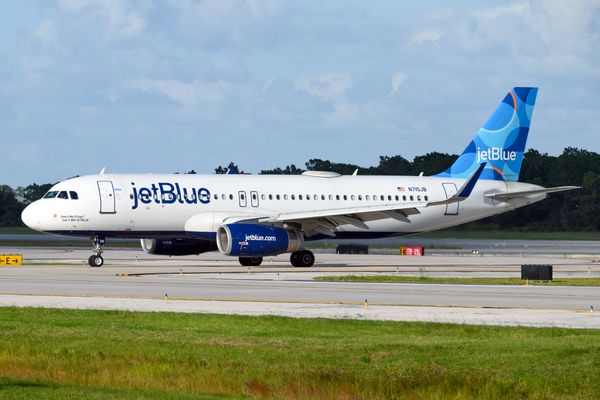
Will the plane crash? Does using a mobile device interfere with radio waves? These are some of the questions people have asked themselves as they wonder why using mobile devices on airplanes is prohibited during certain stages of their flight.
Safety and Interference Concerns
During a flight, takeoffs and landings are the most dangerous part. Although these stages account for only an average of 4% of the total flight time, 49% of fatal accidents occur during either of these stages.
Since the aviation industry must reduce as many risks as possible, most airlines ban mobile device usage during takeoffs and landings to mitigate interference with other aircraft systems.
According to the Civil Aviation Authority, "scientific research has shown that mobile phones can interfere with the normal operation of aircraft equipment and can also cause interference in pilots' headsets.
Radio waves from mobile devices such as iPhones and Kindles can impact a pilot's ability to use their navigation and radar tools. Additionally, it interferes with ground control connectivity along with collision avoidance technologies.

While these waves are not strong, the cumulative effect of having a large number of mobile devices not switched to airplane mode, especially during takeoff and landing, is still a significant concern today. Tamara Vallois, head of communications at Wizz Air, agrees with this concern.
She recommends passengers switch their devices to airplane mode, as these devices will continue sending out electrical signals to search for a connection despite being far away from telephone towers. By switching to airplane mode, interference with radio waves is significantly reduced.

Getting back to safety concerns, Vallois asserts that forgetting to turn your mobile device to airplane mode will not necessarily impose any dangers. She claims that flight attendants and other staff would be able to tell if that happens due to feedback noise sent from mobile devices.
Future
Despite most passengers having no issue switching their mobile devices to airplane mode, fast technology advancement means that this rule could be less integral in minimizing aircraft operation risks.

Currently, an increasing number of modern commercial jets have systems that allow us to connect to WiFi. Tests are being completed to demonstrate aircraft capability with transmitting devices, therefore allowing for the possibility of no longer needing to restrict mobile device use in flight.
Since tests are still being analyzed, it is still imperative for passengers to comply with current restrictions until regulations change. This means they should assume that on most flights, they will not be able to text or call unless informed otherwise or if there is strong WiFi onboard.
Air Premia Confirms Washington D.C. as Next American Destination » Mixed Signals: The Tragic Story of Iran Air Flight 655 » Essential Legal Tips for Tourists Chartering a Yacht in Dubai »
Comments (0)
Add Your Comment
SHARE
TAGS
INFORMATIONAL Flight Safety Airplane WIfi Crash Flight emergency Airlines mobileRECENTLY PUBLISHED
 Essential Legal Tips for Tourists Chartering a Yacht in Dubai
Discover how yacht rentals in Dubai are regulated and learn what every tourist should know about contracts, insurance, and taxes before setting sail.
TRIP REPORTS
READ MORE »
Essential Legal Tips for Tourists Chartering a Yacht in Dubai
Discover how yacht rentals in Dubai are regulated and learn what every tourist should know about contracts, insurance, and taxes before setting sail.
TRIP REPORTS
READ MORE »
 Mixed Signals: The Tragic Story of Iran Air Flight 655
What would have otherwise been a routine passenger flight across the Strait of Hormuz culminated in a heartbreaking tragedy, all because of a costly system misunderstanding by an external party. This is the tragic story of Iran Air Flight 655.
STORIES
READ MORE »
Mixed Signals: The Tragic Story of Iran Air Flight 655
What would have otherwise been a routine passenger flight across the Strait of Hormuz culminated in a heartbreaking tragedy, all because of a costly system misunderstanding by an external party. This is the tragic story of Iran Air Flight 655.
STORIES
READ MORE »
 My Unexpectedly Cheap Last-Minute Getaway with JetBlue Airlines
My name is Daniel Moreno. I live in Tampa, Florida, and I work as a logistics coordinator at a small distribution company. I had to book a JetBlue Airlines flight at the last minute. I was sure the price would be high because that’s usually what happens with late bookings within the United States. But the final cost surprised me — the ticket was much cheaper than I expected.
TRIP REPORTS
READ MORE »
My Unexpectedly Cheap Last-Minute Getaway with JetBlue Airlines
My name is Daniel Moreno. I live in Tampa, Florida, and I work as a logistics coordinator at a small distribution company. I had to book a JetBlue Airlines flight at the last minute. I was sure the price would be high because that’s usually what happens with late bookings within the United States. But the final cost surprised me — the ticket was much cheaper than I expected.
TRIP REPORTS
READ MORE »



